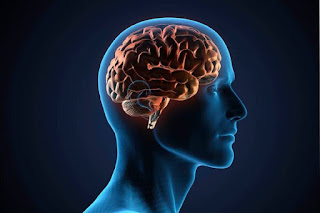Human body
Human Body
The human body has several levels of complexity, at the very bottom of this hierarchical organization is the chemical level. at this level, tiny particles of matter, the atoms are the smallest thing ever, combine to form molecules like water and proteins. In turn, these molecules associate precisely to form various microscopic entities the organelles, which make up the cells, the smallest units of an organism live. Cells have dimensions and form very varied reflecting the diversity of their function in the body.
The simplest organisms consist of only one cell, but in complex organisms like humans the tissue level represents the next level, tissues are a group of similar cells that perform the same function.
An organ is a structure made up of at least two type of tissue, which has a specific function in the body. At the organ level, extremely complex physiological processes become possible.
All the organs of the body are grouped together to form a certain number of systems. A system is a group of organs performing together a function common
the body consists of 11 systems each according to his role.
- integumentary system
- bone system
- muscular system
- nervous system
- endocrine system
- cardiovascular system
- lymphatic system
- respiratory system
- digestive system
- urinary system
- genital system of man and woman




Comments
Post a Comment